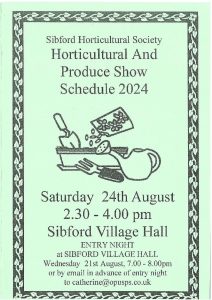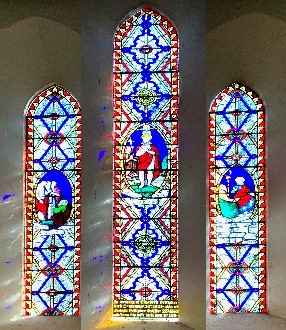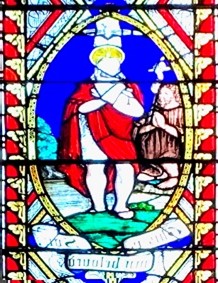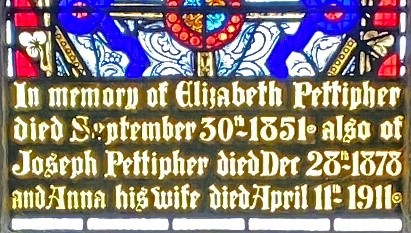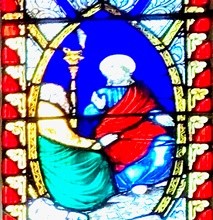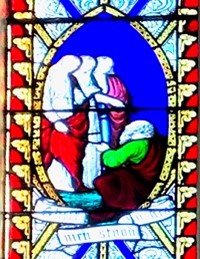Sibford Ferris Parish Council
May is the time of year when flowers bloom, birds sing and Sibford Ferris Parish Council update you on all the things we have done for you over the past year! One year ago we celebrated the coronation of King Charles with a street party which was funded in part by the Council and organised by it with a wonderful team of local volunteers. It was a great success and a sunny day that we will all remember for a long time.
The Elm crossroads became a local black spot with accidents occurring regularly. Greatly concerned by this we chased OCC to supply 4 new larger signs which are now installed and road lines repainted. We continue to get litter and fly tipping removed from the area too.
We have communicated with CDC and our local District Councillor and politicians regarding planning matters and have done our best to voice the concerns of the community over speculative development. We are saddened that once again the decision of one inspector can over turn the strong and well founded objections from Cherwell District Council, SFPC and the whole community.
We have continued to press for the re-categorisation of our village in order to try to prevent further expansion of the village boundaries with more development with even more traffic.
Over the summer we plan to get a new play park installed in Cotswold close and have been working to get quotes that fit with our budget. We also secured £12,000 in funding for this.
I have met with the new headmistress of Sibford school, Rebecca Evans, who has expressed her desire to maintain good relations between the village and the school.
Defibrillator training continues free of charge and co ordinated by one of our Council members.
We carefully manage the Council finances and assets and actively work to protect the conservation area. Also in a bid to slow the traffic we have applied for 20 mph signs.
These are just a-few of the many areas that our small Parish Council cover and I would like to express my gratitude to Councillors Andrew Meyler, John Wass, Ginny Bennett and Michael Gordon for all their voluntary work on the Sibford Ferris Parish Council and to our wonderful clerk Kirsty and the community for supporting us.
Katherine Roussel (Chair)

